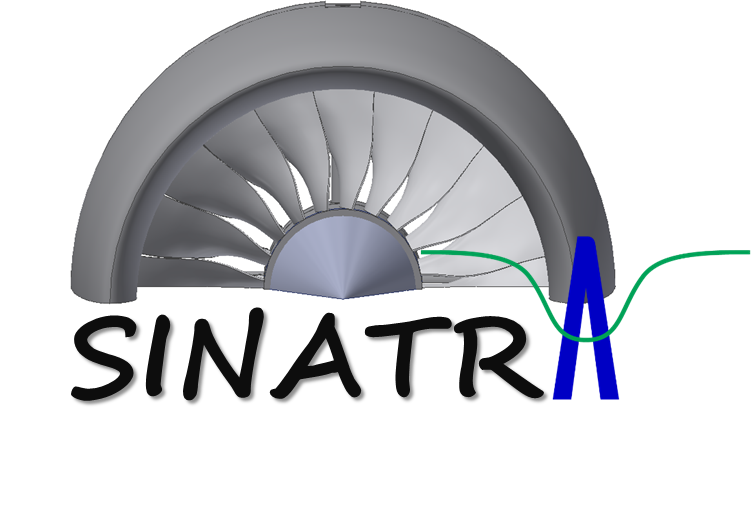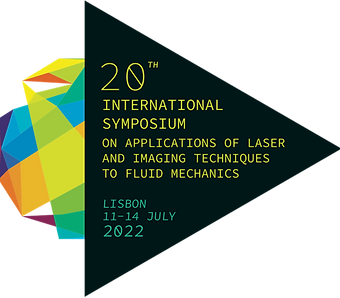The new iLDV system enables industrial grade unshifted Laser Doppler Measurements in a compact and lightweight footprint. A new plugin for our battle tested LDA Control software (Life Time licence without subscription) allows the flexible usage of an external USB powered ADC on any recent Windows Computer or Laptop.
This system offers a robust, easy to use, versatile and affordable alternative to our established LDV systems. A must-have for any flow lab.
The modular turnkey system can be configured barebone as an affordable alternative to traditional systems without compromising on quality or functionality. The following upgrade options are available as your needs evolve:
- Traverse Module
- Forward Scattering Module
- Remote Control / Integration
- Custom Focal Length
- Transport case
- Ray Tracing
- Uncertainty Assessment
- Safety Assessment
- Inhouse / PTB Calibration
… and more, reach out for integration and customization.
If you want to learn more about the iLDV system, you can download the datasheet here.



